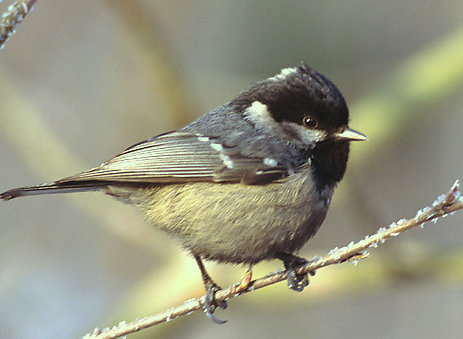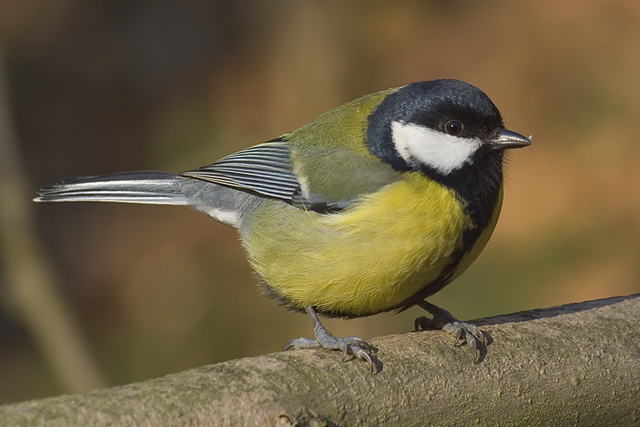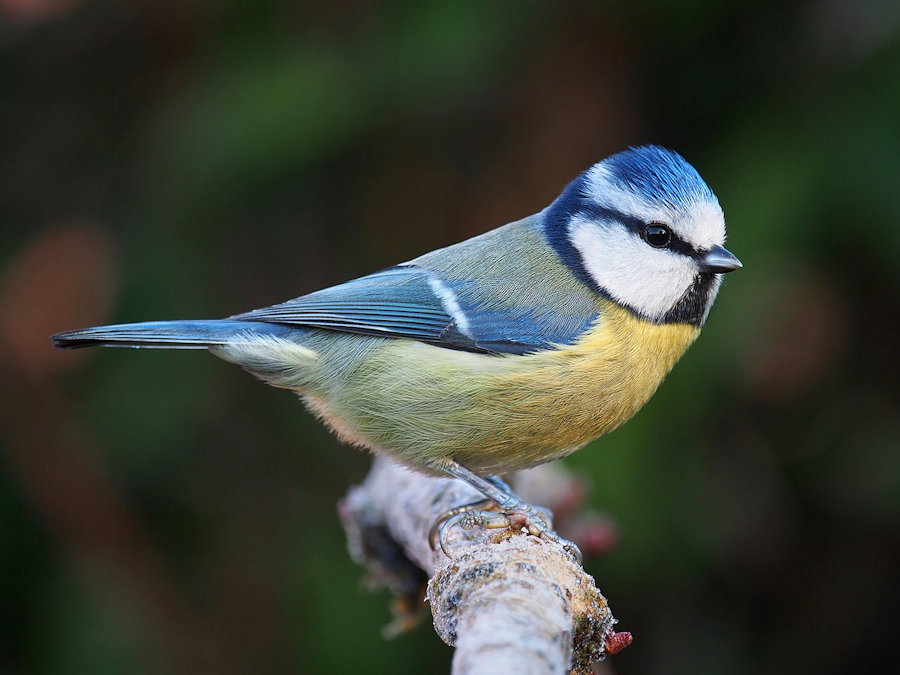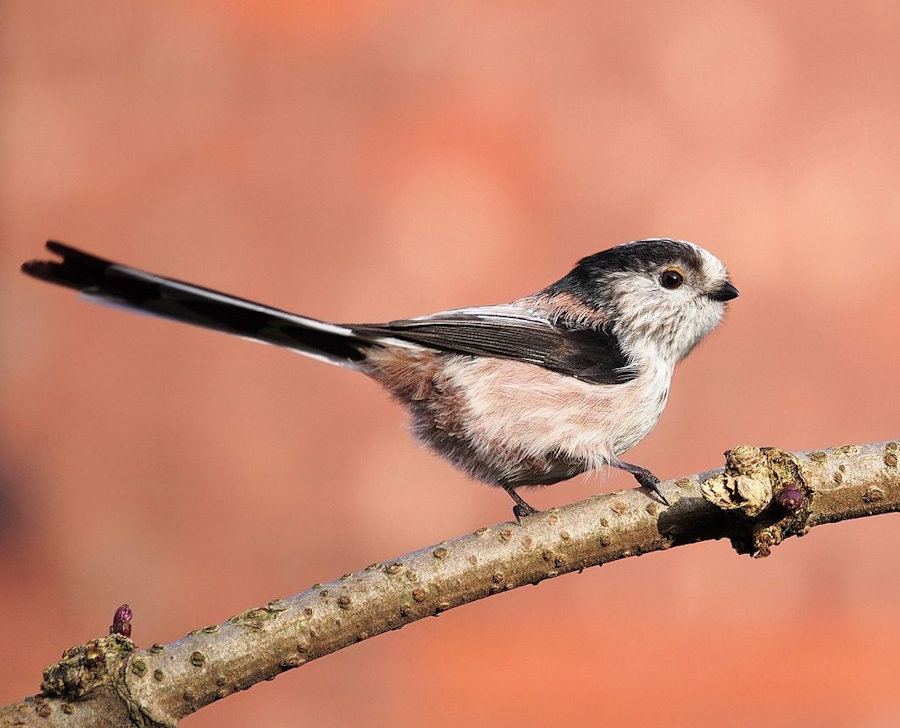Garden Wildlife
Garden Wildlife


Comparing the four common garden tits
12 cm
14 cm
12 cm
14 cm
Largely tail!
Great tit
Coal tit
Blue tit
Long-tailed tit
Larger, yellow and green body, white cheek below eye, black stripe on breast
Smaller, Black head and grey-white cheek, white stripe on back of neck, greyish body
Smaller, bright blue top of head, black stripe through eye. Yellow breast blue wings, blue-green back
Tiny body, long tail, black, white and pink body and wings white stripe on crown of head
Garden tits
Tits are among our favourite garden birds. They are small and plump, confident and easily seen, and they are very acrobatic when emptying your bid feeders. Tits have short stout bills, and feed on a variety of food, especially seeds and insects. Woodland birds in nature, at least three species have adapted well to human habitats, and the blue and great tits are amongst our commonest garden birds. They are hole nesting, and will use bird boxes.
We have dedicated pages on four species of tit. Three are very closely related in the family Paridae, but the long-tailed tit is a member of the family Aegithalidae and only distantly related.
Click on the images below to go to their pages
Other tits you might see in the garden
The marsh tit Poecile palustris is resident in England and Wales, especially in the south. It is the same size as the blue and coal tits, but has a brown back and wings with no wing bars, and although a bit like the coal tit has no white stripe on the back of the neck. It is occasionally seen in gardens, but has declined markedly in numbers in Britain since 1966.
![Photo: By Sławek Staszczuk (photoss [AT] hotmail.co.uk), CC BY-SA 3.0 <http://creativecommons.org/licenses/by-sa/3.0/>, via Wikimedia Commons](images/640px-Parus_palustris02.jpg)
Garden tits
Tits are among our favourite garden birds. They are small and plump, confident and easily seen, and they are very acrobatic when emptying your bid feeders. Tits have short stout bills, and feed on a variety of food, especially seeds and insects. Woodland birds in nature, at least three species have adapted well to human habitats, and the blue and great tits are amongst our commonest garden birds. They are hole nesting, and will use bird boxes.
We have dedicated pages on four species of tit. Three are very closely related in the family Paridae, but the long-tailed tit is a member of the family Aegithalidae and only distantly related.
Click on the images below to go to their pages
The marsh tit Poecile palustris is resident in England and Wales, especially in the south. It is the same size as the blue and coal tits, but has a brown back and wings with no wing bars, and although a bit like the coal tit has no white stripe on the back of the neck. It is occasionally seen in gardens, but has declined markedly in numbers in Britain since 1966.
Other tits you might see in the garden
Page written and compiled by Steve Head
Page written and compiled by Steve Head




























